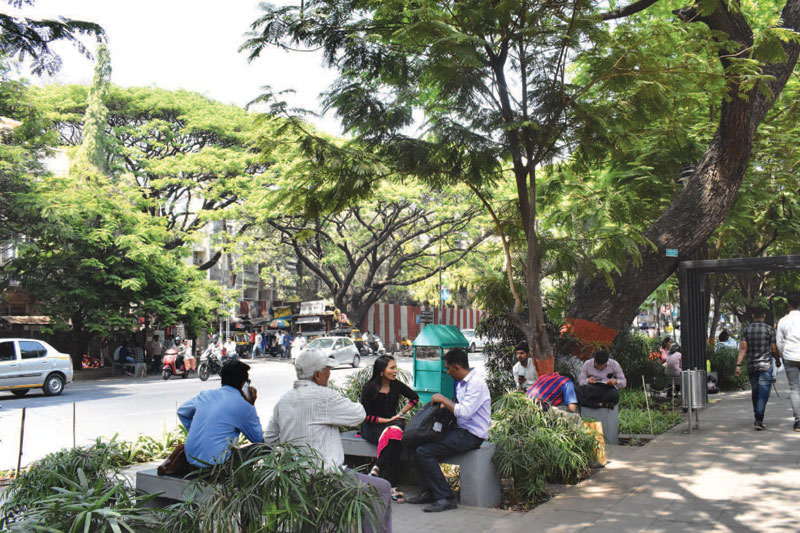Theory & Discorse
Directing the Course | Geeta Wahi Dua
LA 57 |
|
While landscape architecture has the potential to transform society and set it on a better, more sustainable path of development, the landscape architect's role and value in addressing crucial environmental issues of our cities is yet to be realised both by the public and by practicing professionals.
With the state of the environment currently on a tragic and steep decline, it is important now more than ever that the profession graduates from addressing individual needs to universal concerns. It needs to adopt a more active role in sustainable designing, conservation and policy formulation pertaining to the state and future of the environment and its natural systems.
|
|
 |
|
Over the last few months, I have had the welcome opportunity to discuss with my fellow colleagues important issues about our discipline, one being the absence of a theoretical base for the practice of landscape architecture in India.
The theory of a discipline, to my mind, refers to a comprehensive narrative of its history outlining various influencing factors and landmark stages, and examples of projects, both in academics and practice which ideally reflect the spirit of each age. It includes new ideas and concepts, ideals of designers belonging to each age and their inspiration. It also includes examples and hence values which have become "tradition" of the discipline, to be looked up to, received inspiration from and carried forward by generations to come. Above all, it needs to have a character, a spirit which guides it through future times.
The theory of architecture in India is sited in context of its history across several millennia. It comprises of a narrative strongly influenced by the social, economical, political and cultural factors of a diverse society. There are exemplary works in history and modern times which have transcended the boundaries to become traditions, while others which represent the spirit of each age. Vibrant vernacular traditions across the geographical regions of the country have cantered the character of the theory in public. It has eternally linked the discipline to the value of universal needs, empathy and past principles while imparting lessons for the future. In many instances, these building traditions are reinterpreted with changing times to suit new requirements, making them an integral part of the contemporary discourse.
|
|
|

|
|
|
|
|